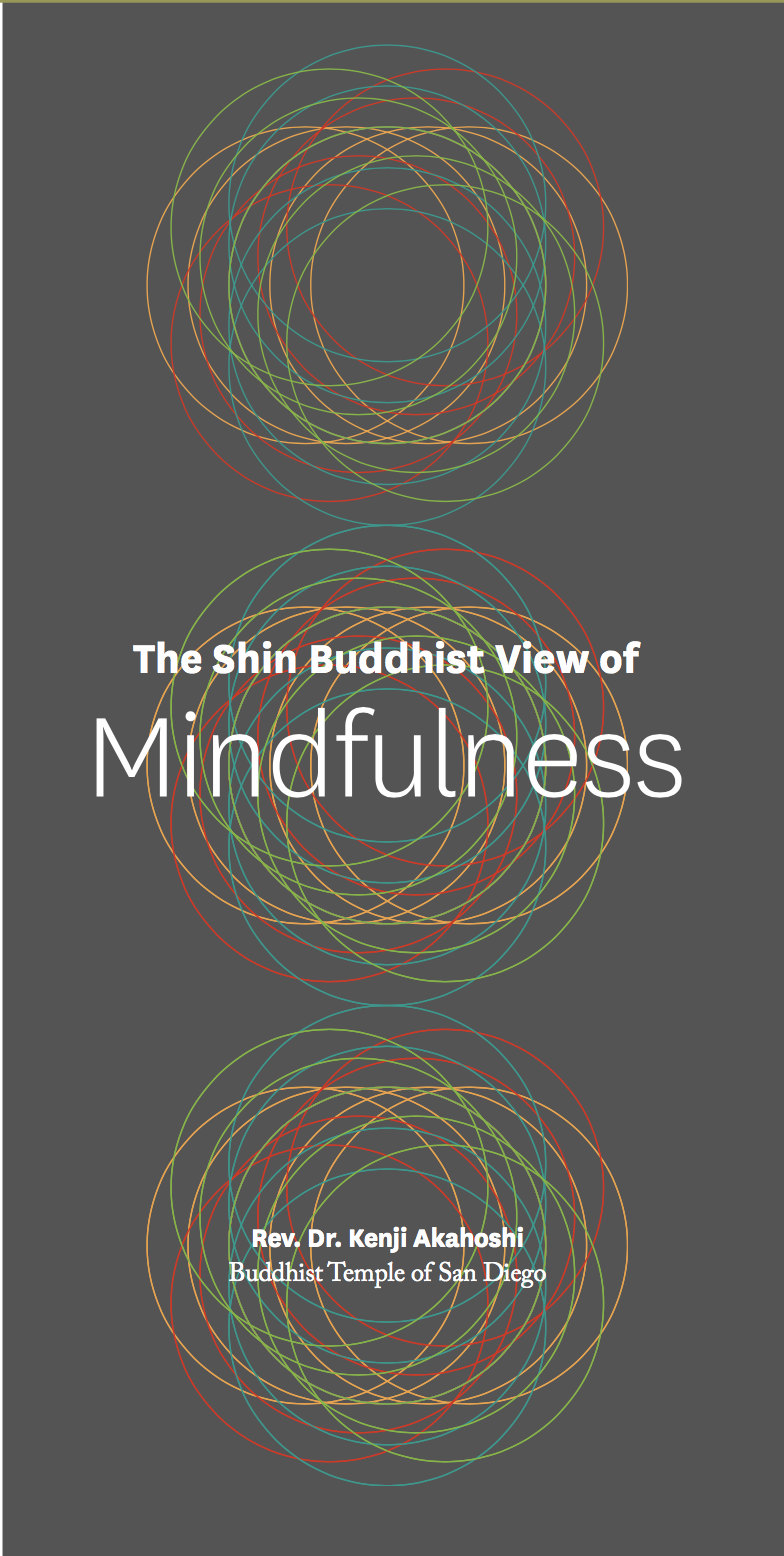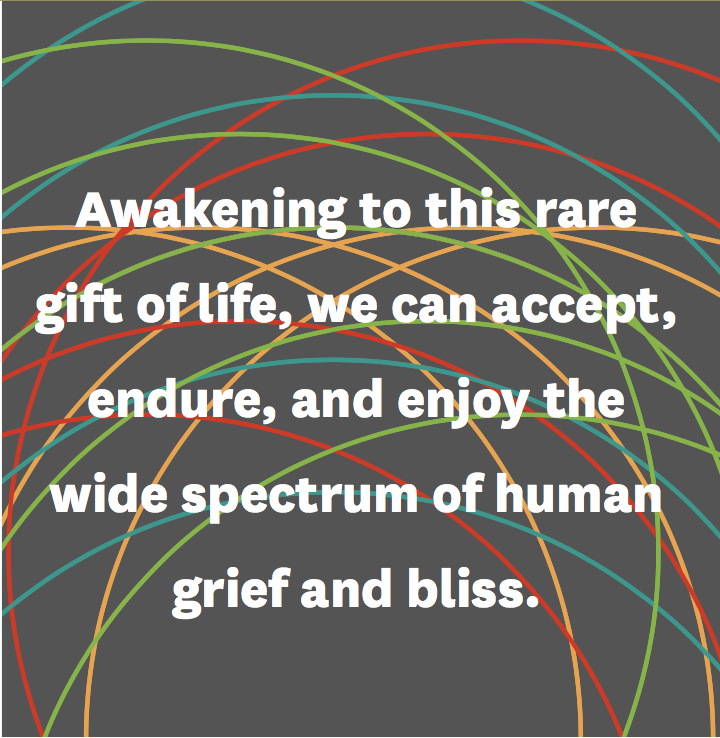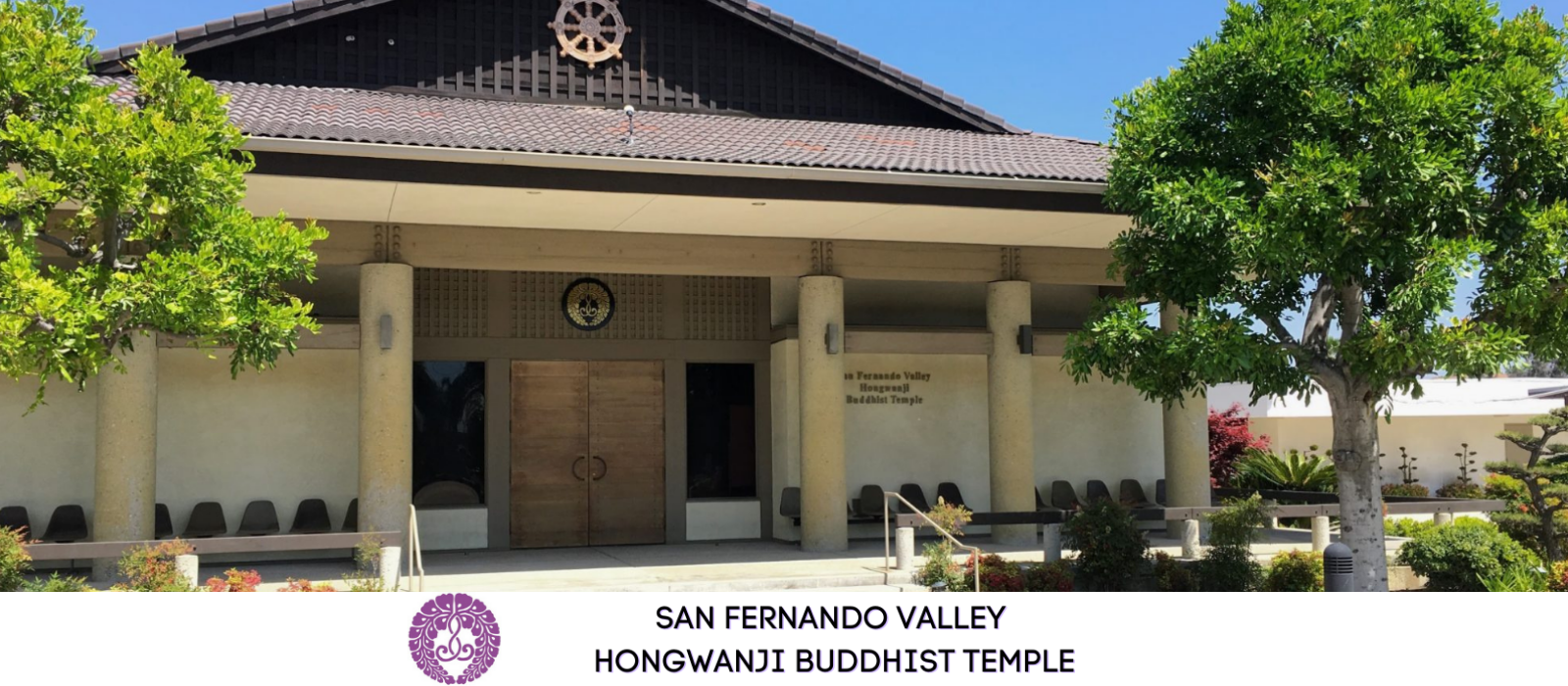Mindfulness
 MINDFULNESS can mean many things to many different people. This basic practice of Buddhism has become a common, familiar word in 21st century America. When removed from its Buddhist roots, it has become associated as a means of well-being in health, as popularized by Jon Kabat-Zinn. Mindfulness is also promoted as a means of success in business and other secular activities. As a Buddhist perspective, it can lift an ordinary life toward extraordinary experiences.
MINDFULNESS can mean many things to many different people. This basic practice of Buddhism has become a common, familiar word in 21st century America. When removed from its Buddhist roots, it has become associated as a means of well-being in health, as popularized by Jon Kabat-Zinn. Mindfulness is also promoted as a means of success in business and other secular activities. As a Buddhist perspective, it can lift an ordinary life toward extraordinary experiences.
2,500 years ago, the Buddha became Enlightened as a result of his search for the resolution of the perennial, existential questions of sickness, old age, and death. How can we find happiness and peace within the harsh reality of ultimate death? There are two undeniable facts of life: “interdependence,” where everything is interconnected and nothing can exist separately, and “impermanence,” where everything changes. Our modern science of atoms and molecules confirms the first and our simple observation confirms the second. The solution would be to live in accordance of these natural laws. But as humans, our ego selects which connections or changes we like. This illusion of control is the source of our discontent. Letting go of the attachment to ego is the path for dedicated monks.
A path for ordinary people has been a spiritual tradition in Japan for 800 years. Shin Buddhism has so influenced and permeated Japanese life, that it could be said that Japanese culture and language reflect many Shin Buddhist principles. What may be considered a mindful, conscious practice in the West has been incorporated seamlessly into the daily fabric of ordinary life.
The thoughts, speech, and conduct of Shin Buddhists reflect the realities of interdependence and impermanence. Mindfulness is a key factor in maintaining this awareness of Truth. But what is it that a person keeps in mind? In the words of Rev. Dr. Taitetsu Unno, “awakening to the incomparable worth of this unrepeatable life, this limited finite life that is inseparable from boundless, infinite life.” That is a lot to keep in mind during the course of a busy workday. But the security, gratitude, and sacred sense of belonging can be summarized in a simple phrase.
The phrase Namo Amida Butsu has many meanings and definitions. Ultimately, it is an experience that transcends description. For the novice, it can incorrectly appear to be a petition or prayer for a better life. But for the devout Shin Buddhist, it is an expression of deep spiritual gratitude for the realization of receiving this unique gift of human life. It is this attitude of gratitude that is at the heart of mindfulness for the Shin Buddhists. How does this simple phrase or the abbreviated chant, “Na Man Da Bu,” become the essential practice of Shin Buddhism?
 Hearing is a key component espoused by Shinran, the founder of Shin Buddhism. “Hearing” can mean awakening to the benefits of life, received from others. The Nembutsu, Namo Amida Butsu, is a mindful practice of realizing and appreciating the many gifts from others. We call these gifts the Compassion of Amida Buddha. Of all the conditions that constantly affect us, the Shin practice focuses on appreciating the many things that support us. This balances the insatiable desire of the ego wanting things its way.
Hearing is a key component espoused by Shinran, the founder of Shin Buddhism. “Hearing” can mean awakening to the benefits of life, received from others. The Nembutsu, Namo Amida Butsu, is a mindful practice of realizing and appreciating the many gifts from others. We call these gifts the Compassion of Amida Buddha. Of all the conditions that constantly affect us, the Shin practice focuses on appreciating the many things that support us. This balances the insatiable desire of the ego wanting things its way.
The infallibility of Shin is that this mindfulness is not based on a belief of a better future. The emphasis is on the present moment, which is not possible without the causes and conditions of the past. Taking into consideration all possible scenarios, our personal birth and existence is incalculable. Our human birth in the evolutionary time-line of billions of years on this small planet in this vast universe, shifts our focus from the dread of death to the joy of birth. The mindful practice of recognizing the ordinary bliss of our life balances our unrealistic expectation of eternal comfort. Expressing gratitude for this unearned gift of life puts the heart and mind in a place of humility and grace. Gratitude is just an introduction to the experience of Nembutsu. The depth of the experience of Namo Amida Butsu cannot be qualified by the mind. Its sacred meaning and affirmation of life can be experienced in the delightful refuge of a Shin Buddhist community or sangha. Mindfulness encompasses the wholeness of mind, body, heart, and spirit. This profound joy of being alive becomes a natural part of everyday life.
The “Shin Buddhist view of mindfulness” is a process that develops a holistic perspective. Our life becomes a sacred journey as our ordinary life is affirmed. Awakening to this rare gift of life, we can accept, endure, and enjoy the wide spectrum of human grief and bliss. We are then inspired to be a significant source of happiness for others. Namo Amida Butsu becomes a natural mindfulness of gratitude that sustains us as humans and elevates us to a realm of bliss.
Rev. Dr. Kenji Akahoshi, Buddhist Temple of San Diego

